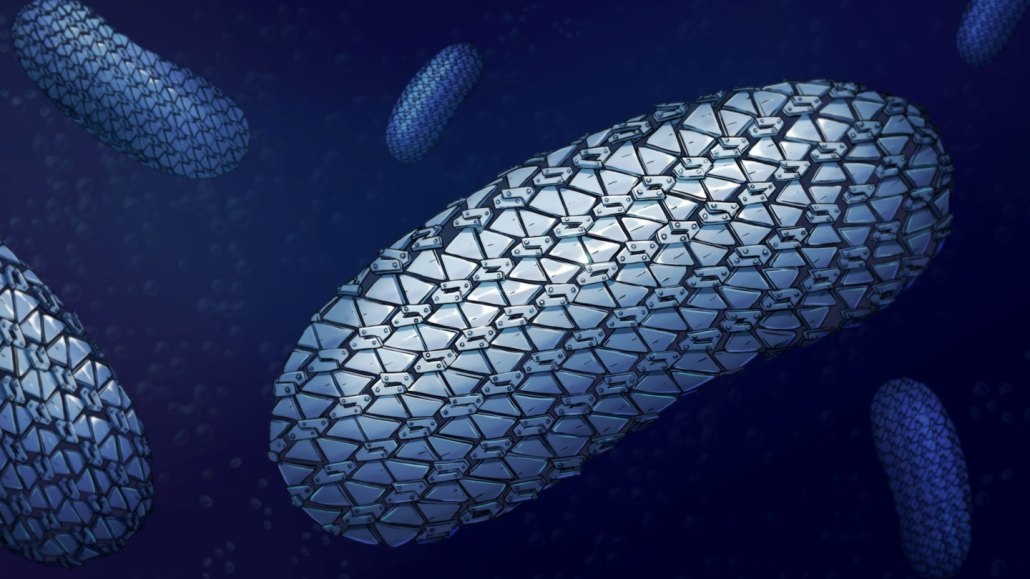
Clostridioides difficile bacteria have a chain mail–like outer layer (illustrated) that may prevent some antibiotics from killing it.
Newcastle University

Clostridioides difficile bacteria have a chain mail–like outer layer (illustrated) that may prevent some antibiotics from killing it.
Newcastle University